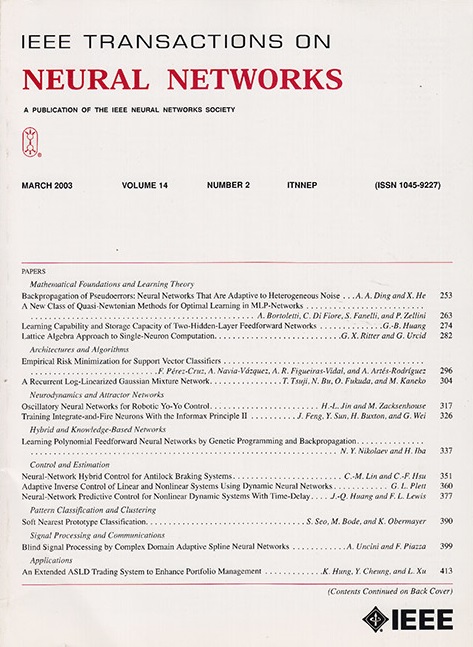Pixel-Centric Context Perception Network for Camouflaged Object Detection
IF 10.2
1区 计算机科学
Q1 COMPUTER SCIENCE, ARTIFICIAL INTELLIGENCE
IEEE transactions on neural networks and learning systems
Pub Date : 2023-10-11
DOI:10.1109/TNNLS.2023.3319323
引用次数: 0
Abstract
Camouflaged object detection (COD) aims to identify object pixels visually embedded in the background environment. Existing deep learning methods fail to utilize the context information around different pixels adequately and efficiently. In order to solve this problem, a novel pixel-centric context perception network (PCPNet) is proposed, the core of which is to customize the personalized context of each pixel based on the automatic estimation of its surroundings. Specifically, PCPNet first employs an elegant encoder equipped with the designed vital component generation (VCG) module to obtain a set of compact features rich in low-level spatial and high-level semantic information across multiple subspaces. Then, we present a parameter-free pixel importance estimation (PIE) function based on multiwindow information fusion. Object pixels with complex backgrounds will be assigned with higher PIE values. Subsequently, PIE is utilized to regularize the optimization loss. In this way, the network can pay more attention to those pixels with higher PIE values in the decoding stage. Finally, a local continuity refinement module (LCRM) is used to refine the detection results. Extensive experiments on four COD benchmarks, five salient object detection (SOD) benchmarks, and five polyp segmentation benchmarks demonstrate the superiority of PCPNet with respect to other state-of-the-art methods.用于伪装物体检测的像素中心上下文感知网络。
伪装目标检测(COD)旨在识别嵌入背景环境中的目标像素。现有的深度学习方法未能充分有效地利用不同像素周围的上下文信息。为了解决这个问题,提出了一种新的以像素为中心的上下文感知网络(PCPNet),其核心是基于对周围环境的自动估计来定制每个像素的个性化上下文。具体而言,PCPNet首先采用了一种优雅的编码器,该编码器配备了设计的重要组件生成(VCG)模块,以获得一组紧凑的特征,这些特征在多个子空间中富含低级空间和高级语义信息。然后,我们提出了一种基于多窗口信息融合的无参数像素重要性估计(PIE)函数。具有复杂背景的对象像素将被分配更高的PIE值。随后,利用PIE对优化损失进行正则化。这样,网络可以在解码阶段更加关注那些PIE值较高的像素。最后,使用局部连续性精化模块(LCRM)来精化检测结果。在四个COD基准、五个显著目标检测(SOD)基准和五个息肉分割基准上进行的大量实验证明了PCPNet相对于其他最先进方法的优越性。
本文章由计算机程序翻译,如有差异,请以英文原文为准。
求助全文
约1分钟内获得全文
求助全文
来源期刊

IEEE transactions on neural networks and learning systems
COMPUTER SCIENCE, ARTIFICIAL INTELLIGENCE-COMPUTER SCIENCE, HARDWARE & ARCHITECTURE
CiteScore
23.80
自引率
9.60%
发文量
2102
审稿时长
3-8 weeks
期刊介绍:
The focus of IEEE Transactions on Neural Networks and Learning Systems is to present scholarly articles discussing the theory, design, and applications of neural networks as well as other learning systems. The journal primarily highlights technical and scientific research in this domain.
 求助内容:
求助内容: 应助结果提醒方式:
应助结果提醒方式:


